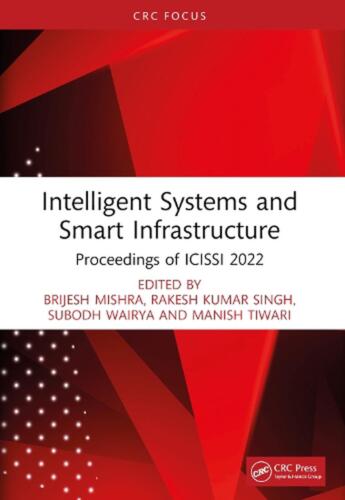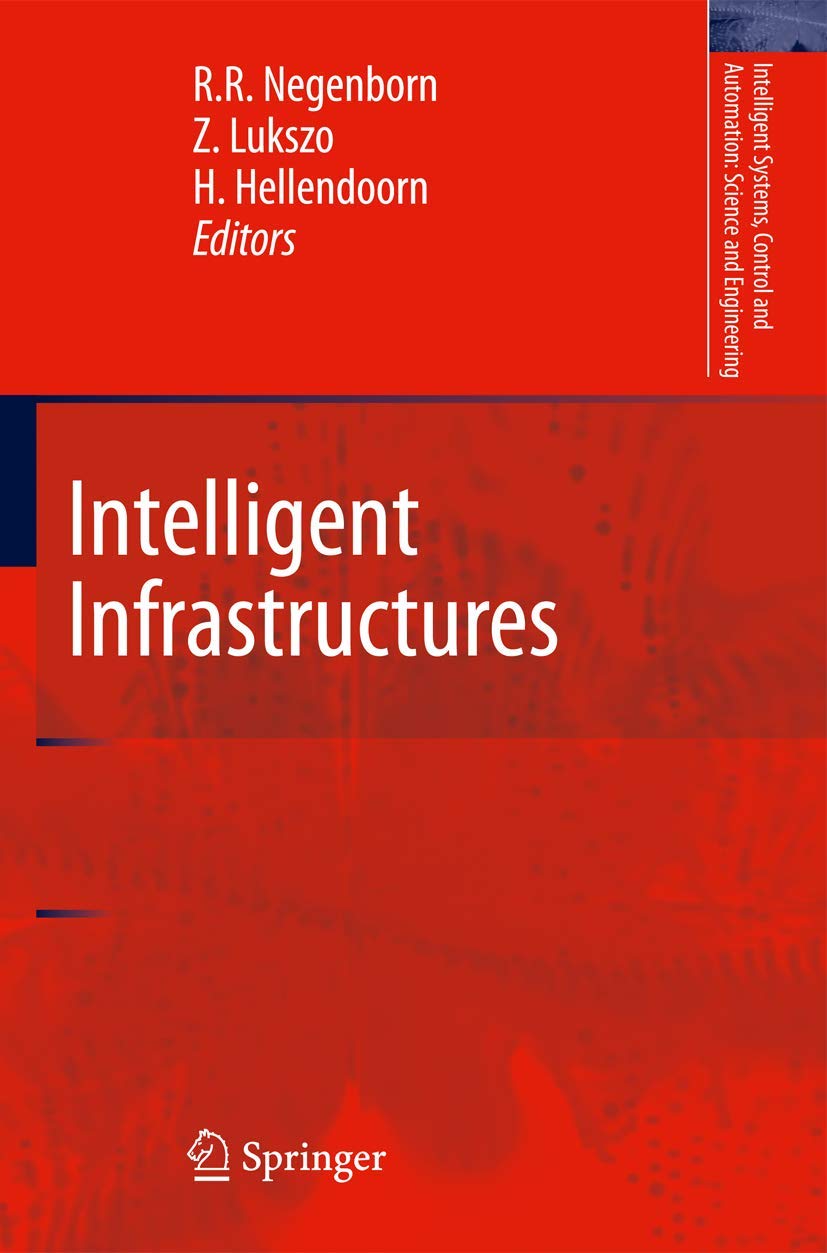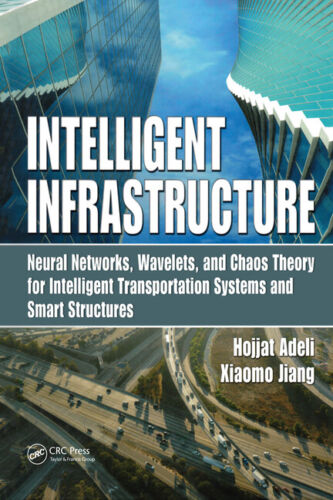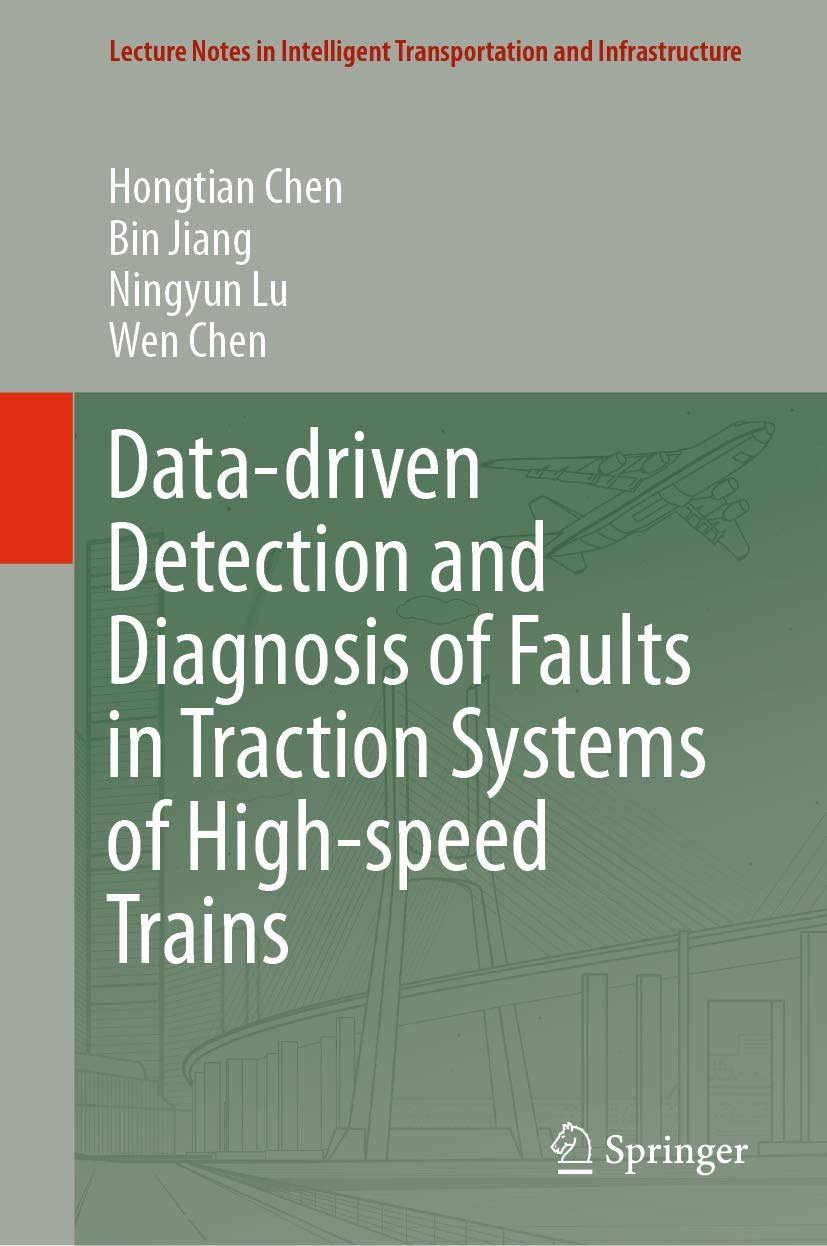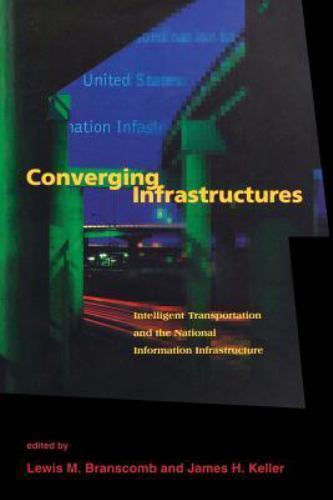In today’s digital age, data has become one of the most valuable assets for businesses. With the increasing amount of data being generated every day, organizations are constantly looking for ways to effectively manage and leverage this information to gain a competitive edge. This is where an intelligent data infrastructure comes into play.
An intelligent data infrastructure is a system that allows organizations to collect, store, process, and analyze data in a way that is efficient, scalable, and secure. It is a key component of any successful data strategy and can help organizations make more informed decisions, improve operational efficiency, and drive innovation.
There are several key components that make up an intelligent data infrastructure. These include:
1. Data storage: The foundation of any data infrastructure is a robust data storage system. This includes both traditional storage solutions like databases and data warehouses, as well as newer technologies like data lakes and cloud storage. Organizations need to ensure that their data storage solution is scalable, secure, and able to handle the volume of data being generated.
2. Data integration: In today’s interconnected world, data is often spread across multiple systems and sources. Data integration tools and technologies are essential for bringing all of this data together in a unified and consistent format. This allows organizations to gain a holistic view of their data and make more informed decisions.
3. Data processing: Once data has been collected and integrated, it needs to be processed and analyzed to extract valuable insights. This is where data processing technologies like data pipelines, ETL (extract, transform, load) tools, and data processing frameworks come into play. These tools help organizations clean, transform, and analyze data quickly and efficiently.
4. Data governance: Data governance is crucial for ensuring that data is accurate, reliable, and compliant with regulations. This includes establishing data quality standards, implementing data security measures, and defining data access controls. A strong data governance framework is essential for maintaining the integrity of an organization’s data infrastructure.
5. Analytics and visualization: The ultimate goal of an intelligent data infrastructure is to derive actionable insights from data. Analytics and visualization tools help organizations make sense of their data and communicate findings in a clear and concise manner. From dashboards and reports to advanced analytics and machine learning models, these tools enable organizations to uncover patterns, trends, and opportunities hidden in their data.
In conclusion, an intelligent data infrastructure is a critical component of any modern organization. By investing in the right technologies and tools, organizations can build a data infrastructure that is agile, scalable, and secure. With the right data infrastructure in place, organizations can unlock the full potential of their data and drive business growth and innovation.

